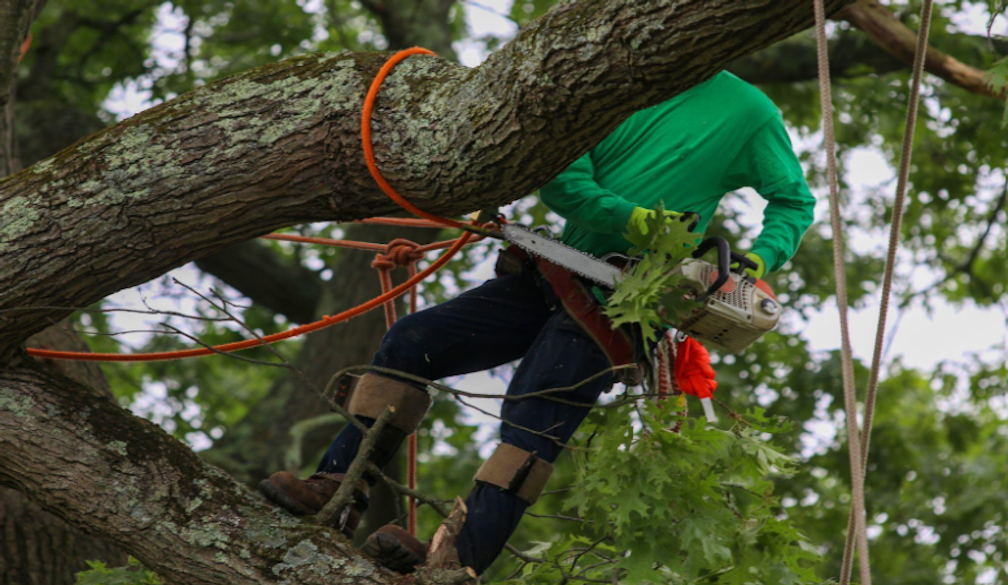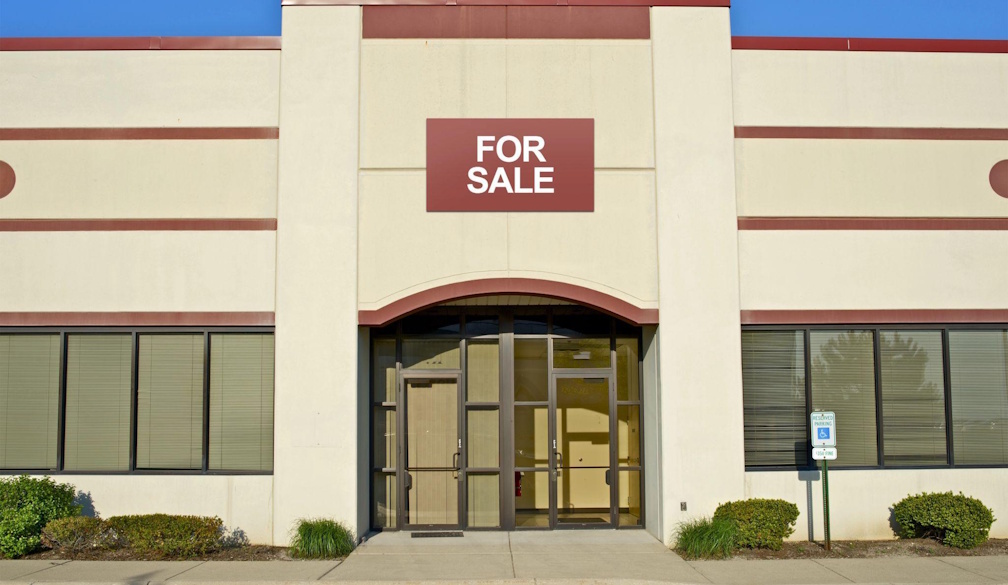Essential Considerations Before Removing a Tree in Sydney's Inner West

Tree removal is a significant task that requires careful deliberation, especially in urban environments like Sydney's Inner West. It involves understanding legal requirements, assessing environmental impacts, and ensuring community harmony. This region presents specific challenges due to its densely populated nature and rich biodiversity. This article serves as a comprehensive guide for residents and property owners who must consider each of these aspects before engaging in tree removal.
Legal Requirements and Permits
Before proceeding with tree removal, it is essential to understand the local council regulations and ordinances in Sydney's Inner West. Each council may have different rules, making it crucial to check with them before any action is taken. Generally, a permit is required to remove a tree, which involves submitting an application detailing the reasons for removal. This ensures that trees are only removed when necessary, such as when they pose a safety risk or are dead.
Failing to comply with these regulations could result in significant fines or legal consequences. Some councils impose penalties as a deterrent against unlawful removal. Furthermore, certain tree species are protected, so cutting them down without proper authorisation could lead to severe repercussions. Examples of protected species in Sydney's Inner West include the Blue Gum and Ironbark, known for their ecological value and role in supporting local wildlife.
Environmental Impact
When considering tree removal, it's vital to reflect on the environmental impact. Trees contribute to urban ecosystems by providing shade, improving air quality, and supporting biodiversity. They serve as habitats and food sources for various wildlife species. Removing a tree could potentially disrupt these habitats, causing adverse effects on the local fauna.
However, there are instances where tree removal might be necessary, and in such cases, weighing the benefits and drawbacks is essential. Maintaining trees contributes positively to the environment, but if removal is unavoidable, exploring alternatives such as pruning or relocation might mitigate impacts. Pruning can address issues like obstructed pathways or unhealthy branches without compromising the entire tree, while relocation allows trees to thrive in a different setting.
Assessing Tree Health and Safety
Before deciding on tree removal, assessing the tree's health and safety is critical. Various signs indicate a diseased or hazardous tree, such as dead branches, fungal growth, or a leaning trunk. A professional arborist can provide an accurate assessment, ensuring that trees are only removed when necessary.
Arborists use specific tools and methods to evaluate tree health, including resistograph testing to measure tree strength and sonic tomography to identify internal decay. Employing professional services decreases the risk of accidents and ensures that all safety measures are in place. There have been cases where improper tree handling resulted in accidents, highlighting the importance of preventive measures and expert evaluation.
Choosing a Qualified Tree Removal Service
Selecting a qualified Inner West tree removal service is essential to ensure the process is conducted safely and efficiently. One should consider various criteria when choosing a contractor, including their reputation, experience, and compliance with industry standards. It’s advisable to ask potential contractors about their methods, estimated timeframes, and any potential complications during the initial consultation.
Insurance coverage and employee certifications are also crucial aspects to evaluate when hiring a tree removal service. Comprehensive insurance ensures protection against accidental damage or injury, while certifications reflect the contractor’s expertise and commitment to safety. Customer reviews and testimonials can offer insights into the quality of service provided by different companies, helping property owners make informed decisions.
Costs and Budget Considerations
Understanding the costs associated with tree removal is necessary for effective budgeting. The expenses typically vary based on the tree’s size, location, and the urgency of the removal. Larger trees or those situated in hard-to-access areas usually incur higher costs due to the complexity involved.
Additionally, hidden expenses may arise, such as stump grinding, waste removal, and potential restoration work. These factors should be considered when estimating the overall cost. Interestingly, some local councils might offer financial assistance or rebates for tree-related services, so it's worth checking if such schemes are available in your area.
Conclusion
In reviewing essential considerations for tree removal in Sydney's Inner West, it's clear that thorough planning and diligence are paramount. From adhering to legal requirements and evaluating environmental impacts to ensuring personal and community safety, each step plays an integral role in the process. Engaging with professional arborists and certified tree removal services can help navigate these complexities, ensuring that all activities comply with regulations.
By prioritising safety, legality, and environmental considerations, property owners can make informed decisions that benefit both their immediate surroundings and the broader community. For anyone unsure of where to begin, reaching out to certified arborists for consultations can provide valuable insights and guidance on executing tree removal projects effectively.











